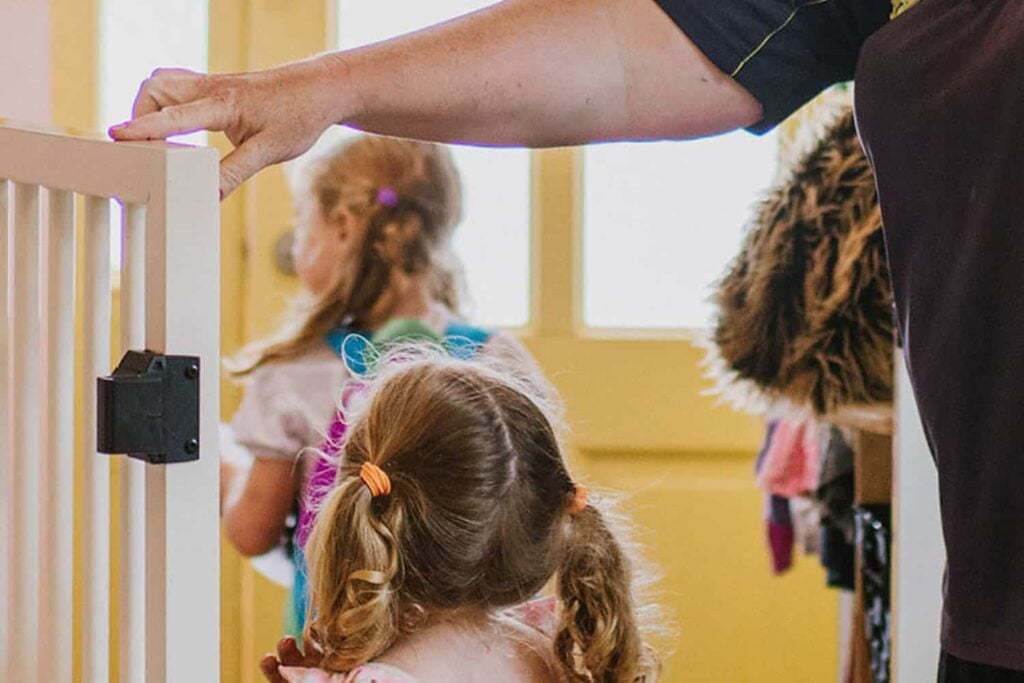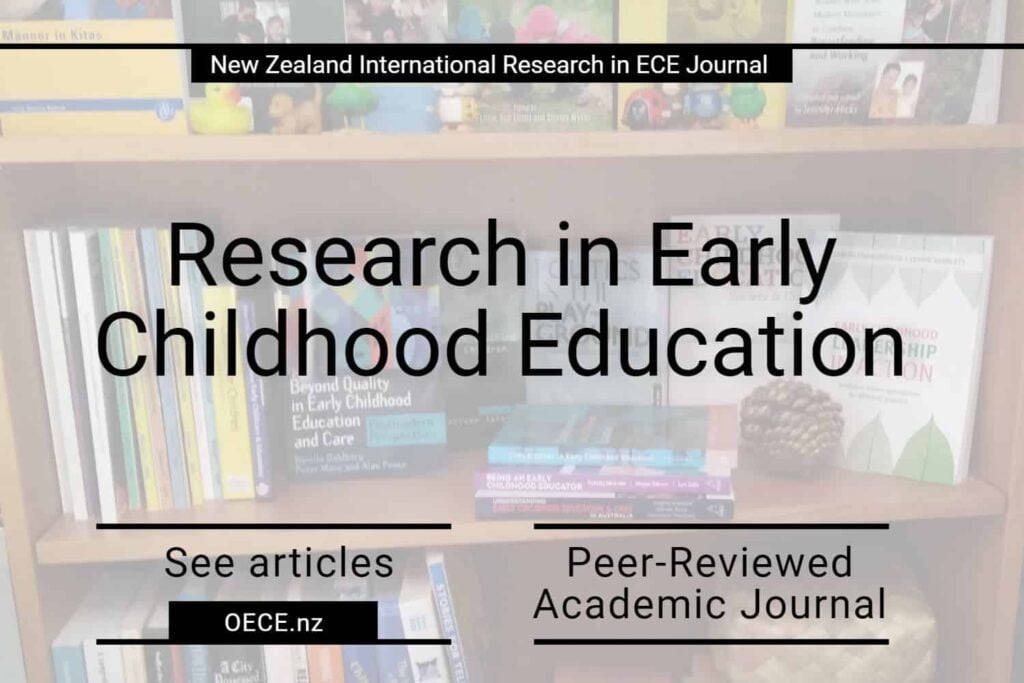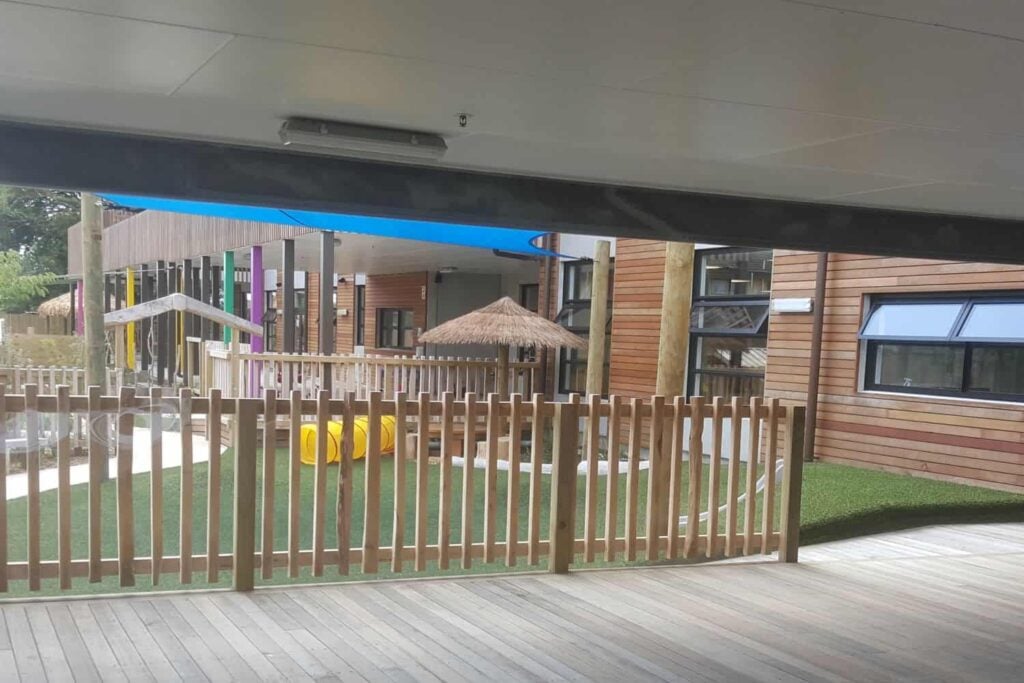100% Qualified Teacher Funding Band.
May 19, 2020.
The re-introduction of a 100% qualified teacher funding band is good news for centres that currently have a fully qualified staff within the regulated staffing ratio.
However, there are a couple of outstanding issues:
- There is no requirement that centres must employ or work toward 100% qualified certificated teachers or even 80%.
- There is still a higher funding rate table for some centres (kindergartens) that the government supports to provide pay parity to their teachers and a lower one for all other education and care centres.
The amount difference between the 100% and the 80 – 99% rates from 1 January is not significant. For example, for under-2s a centre will get 32 cents extra an hour on the 100% rate compared to the 80% rate. Multiple 32 cents by the maximum ratio infants (5) per teacher and that equals a maximum of an extra $1.60 an hour for employing 100% qualified in an under-2s centre.
The current rules and what you need to know about the 100% qualified teacher funding band
- Maintaining 100% and not slipping to 99% can be very difficult for centres.
- Teachers counted in the staff head count need to be present with children and not engaged in other tasks such as cleaning and office work.
- Unqualified staff and students can still be employed, but are not counted within the minimum adult-child regulated ratio for funding purposes.
- Practising certificates held by staff must be ‘full’, ‘provisional’ or ‘subject to confirmation’ – or staff must have a letter from the Teaching Council saying that certification has been approved.
- It is suggested that services maintain a list of certificated relievers who are available when certificated teachers are absent or become ill during the day.
- Discretionary hours are 40 per funding period.
- Breaks/absences of 15 minutes or more must be recorded on the Staff Record to maintain transparency and may be counted as one discretionary hour.
Check with us or the Ministry of Education on the above because the rules change often, like the number of allowable discretionary hours can change at any time.









